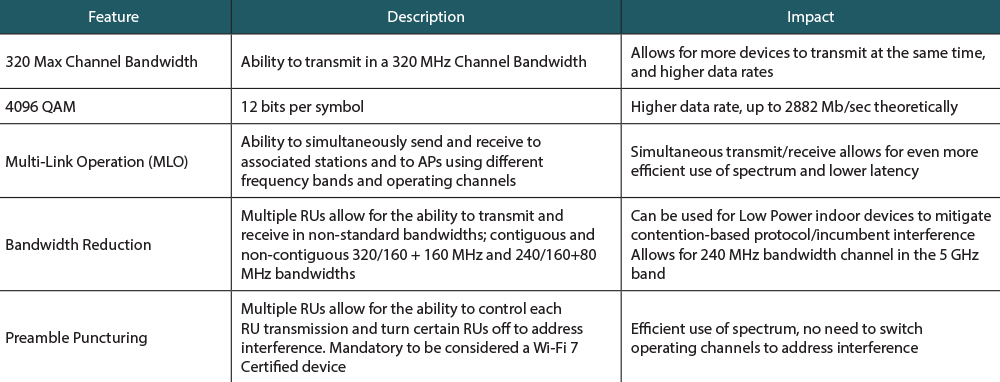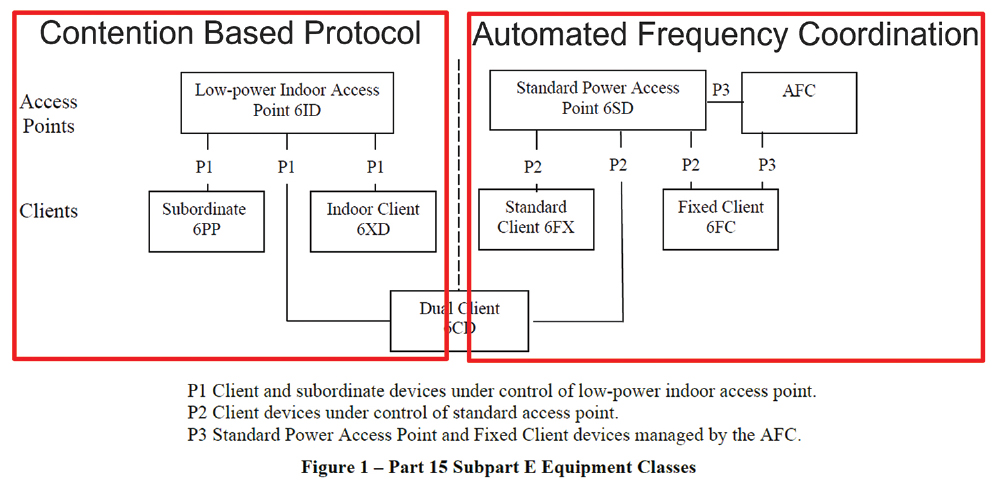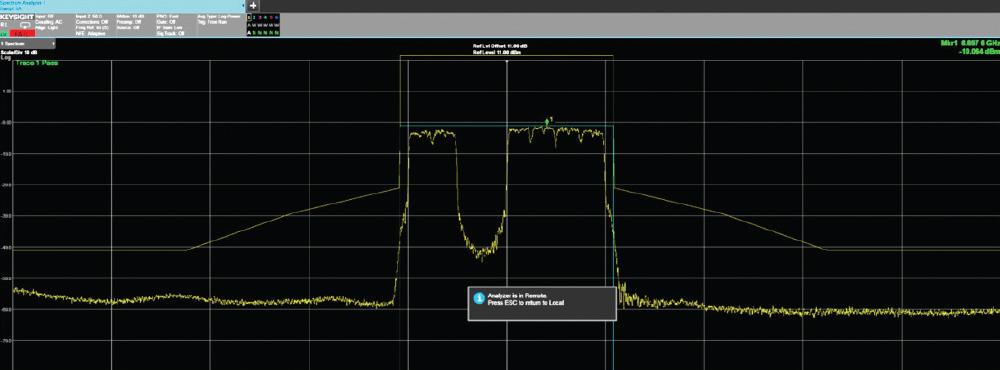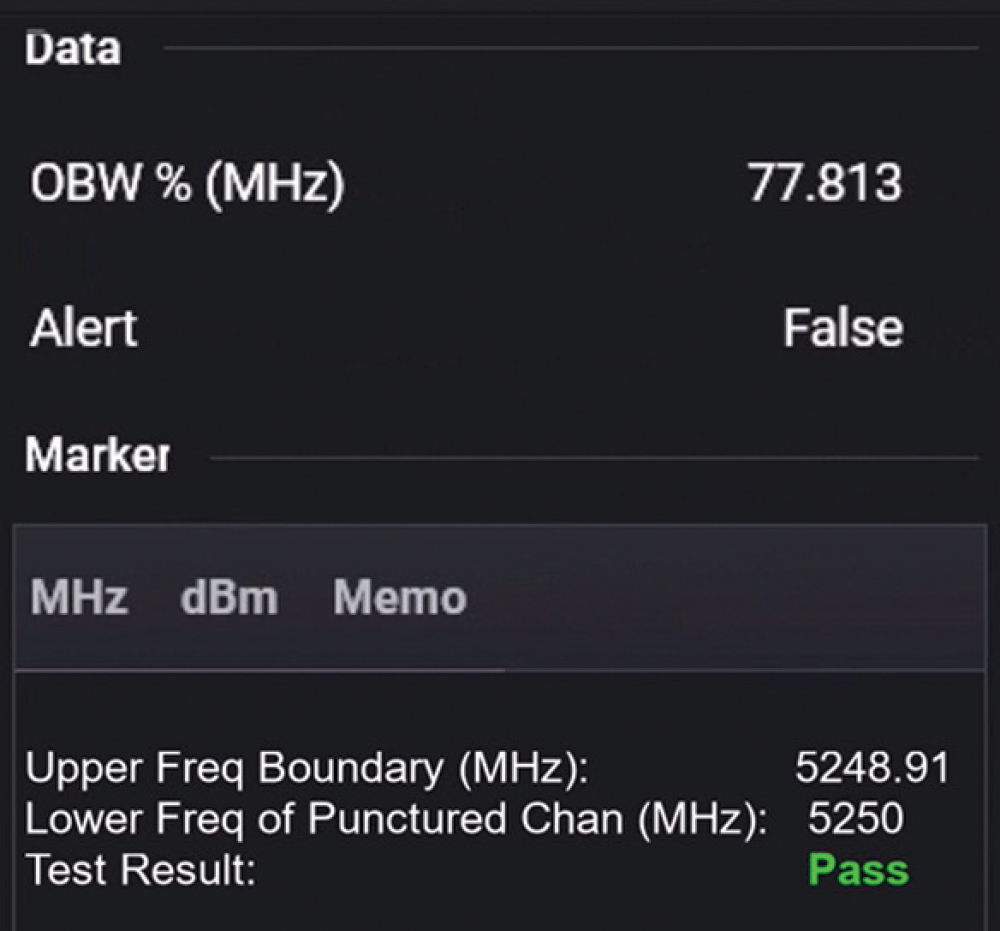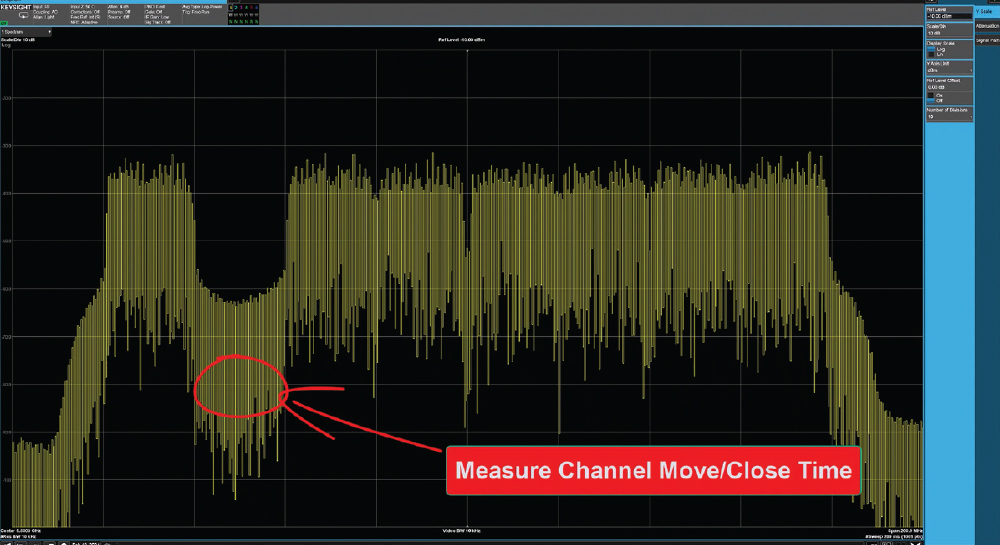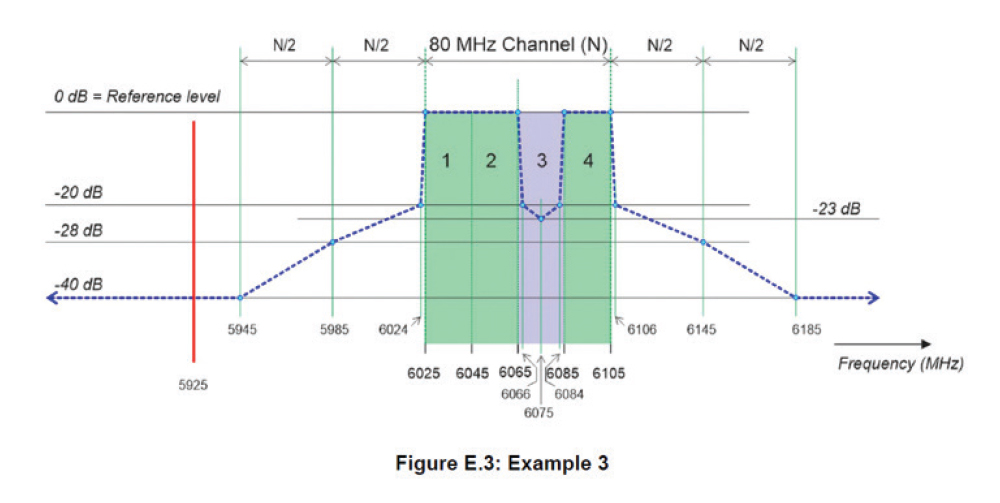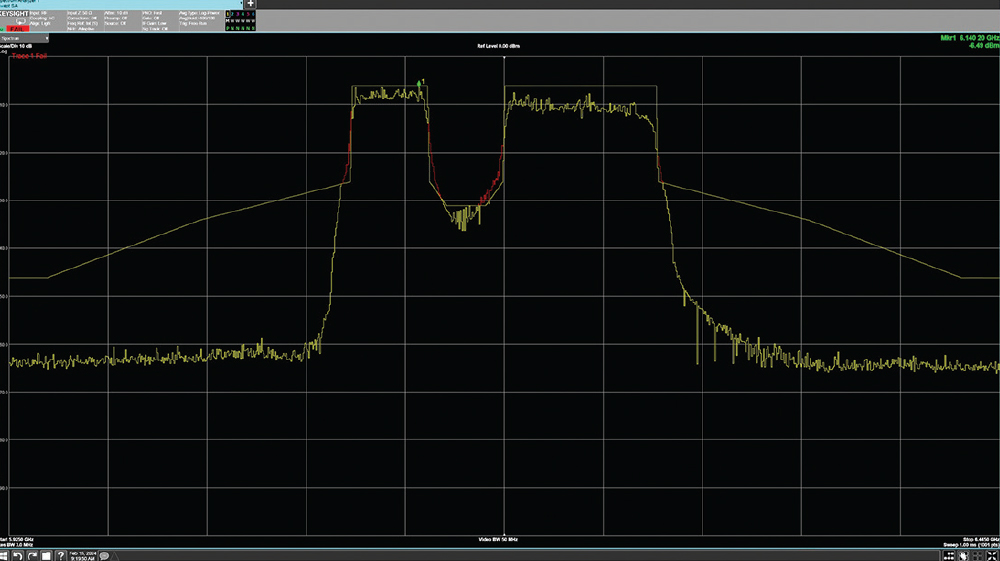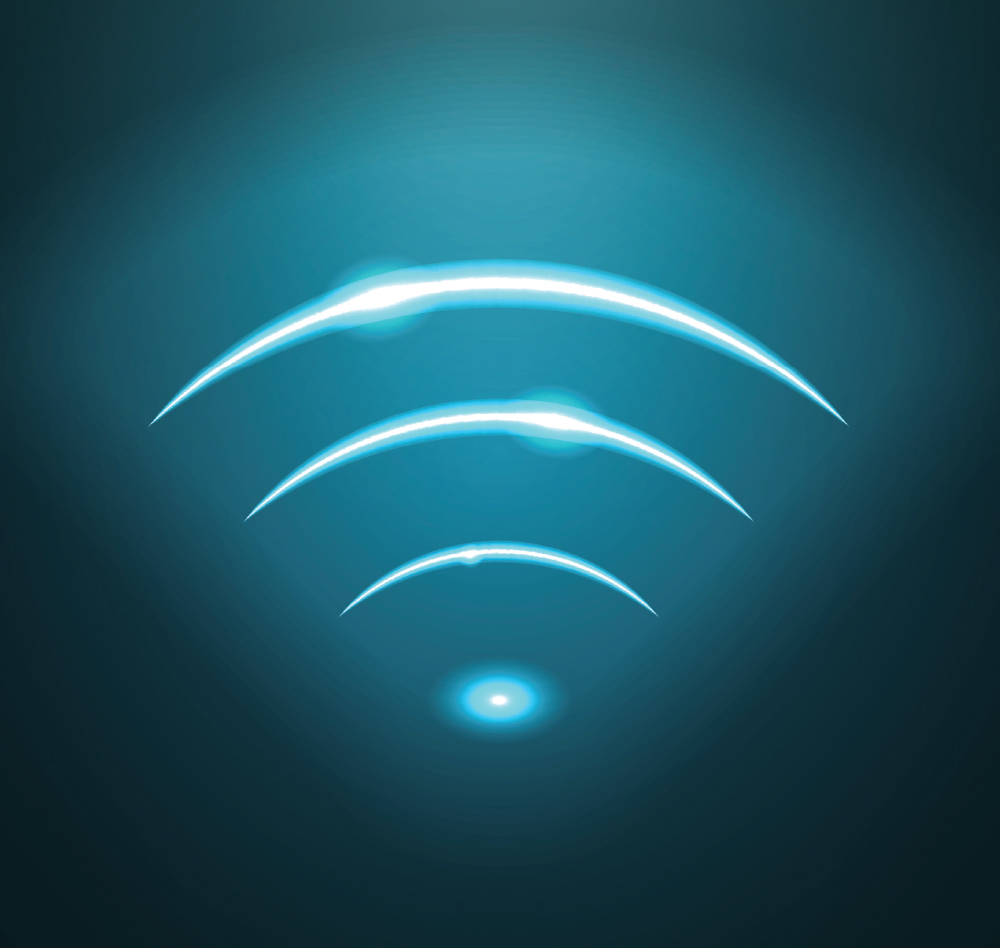
ireless connectivity has had such an impact on how we conduct our daily lives. With the wires removed, we are suddenly able to be connected to almost anyone, anywhere and anytime. According to a report released by IDC Research, 3.8 billion Wi‑Fi devices were shipped in 2023.
Over the last few years, the number and complexity of Wi‑Fi standards has grown. The United States (U.S.) opened up the 6 GHz band, while the European Union (EU) opened up about half of the 6 GHz bands for Wi‑Fi 6E and now Wi‑Fi 7. Although the Wi‑Fi 7 standard has yet to be formally adopted, manufacturers have already released Wi‑Fi 7 products. Each new standard offers more: more bandwidth, more data transfer options, and more capability.
However, one of the final steps to introducing new wireless products to the market is regulatory approval. And with each wireless standard, the regulatory requirements get more challenging. Focusing primarily on the U.S. and EU, this article will review the changes introduced by each wireless standard and discuss the measurement challenges in achieving regulatory approval.
Table 1 shows the significant changes introduced with the 802.11ax standard and their impact on the radio interface.
Table 2 shows the significant features added for 802.11be and its impact on the radio interface.
- High spectrum efficiency
- Low latency
- Load balancing
- High reliability
“The 6 GHz band is currently populated by, among others, microwave services that are used to support utilities, public safety, and wireless backhaul. Unlicensed devices will share this spectrum with incumbent licensed services under rules crafted to protect those licensed services and enable both unlicensed and licensed operations to thrive throughout the band…”
“…The harmonisation decision will make 480 MHz of additional spectrum available in the 6 GHz band. It will almost double the amount of available spectrum, adding to the 538.5 MHz available in the 2.4 GHz and the 5 GHz bands…
“…Member States shall make this frequency band available for the implementation of Wi‑Fi by 1 December 2021…”
- Part 15 Subpart C Intentional Radiators – 15.247 Operation with the bands 902-928 MHz, 2400-2483.5 MHz, and 5725-5850 MHz – for the 2.4 GHz band; and
- Part 15 Subpart E Unlicensed National Information Infrastructure (U-NII) Devices – 15.407 General technical requirements – for the 5 and 6 GHz bands.
- KDB 558074 D01 Meas Guidance v05r02 – Measurement Guidance for the 2.4 GHz band;
- KDB 905462 D02 UNII DFS Compliance Procedures New Rules v02 – Dynamic Frequency Selection for the 5 GHz band;
- KDB 789033 D02 General UNII Test Procedures New Rules v02r01 – Measurement Guidance for the 5 GHz band;
- KDB 987594 D02 U-NII 6 GHz EMC Measurement v02r01 – Measurement Guidance for the 6 GHz band; and
- KDB 987594 D05 AFC DUT Test Harness Testing v01r01
The devices on the right side were recently authorized for use by the FCC (August 2023). These devices must be associated with a standard power (SP) access point (AP) and are managed by an automated frequency coordination (AFC) system. These devices are typically designed for outdoor use, and thus must ensure they are not transmitting on frequencies that are known to be used by incumbents in the immediate area.
Figure 2 shows the recently released draft (April 2024) equipment classes that now includes very low power (VLP) devices. These devices may be connected to an access point or operate in a peer-peer association (think augmented reality (AR), etc.). Note that VLP devices that are in a peer-peer association are not required to be managed by an AFC system, unless they are also connected to an SP AP.
- EN 300 328 V2.2.2 – covers the harmonized standards for the 2.4 GHz band;
- EN 301 893 V2.1.1 – covers the harmonized standards for the 5 GHz band, including DFS; and
- EN 303 687 V1.0.0 – covers the harmonized standards for the 6 GHz band.
- Restricted equipment classes – Similar to the FCC approach, ETSI only allows two types of equipment classes for use in the 6 GHz band:
- Low power indoor (LPI): Similar concept as the FCC, limited power and for indoor use only; and
- Very low power (VLP): Right now, this is for narrowband-restricted devices. Currently, no AFC system is in use in the EU.
- No channels above 6425 MHz – Rather than worry about interference in the upper half of the spectrum, the use of unlicensed devices is not allowed.
- Adaptivity interference testing – This method has been in use for many years, and for all frequency bands. ETSI has a more restrictive approach to devices managing incumbents and is similar to CBP in that devices must stop transmitting while incumbents are transmitting.
- Punctured channel masks – For those devices employing channel or preamble puncturing, there are very well-defined emission masks for the punctured sub‑channels as part of the harmonized standard.
- Adding a new bandwidth will require additional transmitter tests for both the FCC and ETSI. These tests are required for each operating mode of a device, which includes the channel bandwidth, and for each frequency band with the new bandwidth.
- The additional bandwidth will add DFS tests for the FCC. The FCC requires that several of the tests be conducted for each channel bandwidth (KDB 905462). For ETSI, the focus is on testing, potentially, the lowest and highest bandwidth, so this is not adding any additional testing.
- As mentioned earlier, the FCC opened up the whole 6 GHz band, allowing for 60-20 MHz channels and seven (7) 160 MHz channels. More channels mean more testing, as tests are typically on the low, mid, and high channels of the band. For the EU, there are only three (3) 160 MHz channels available.
- The FCC added a new receiver test for LPI devices, contention-based protocol. Any device that is associated with an LPI AP must employ a CBP system. ETSI has always had a receiver-based detection system, so this does not add any new receiver tests.
- As discussed above, both the FCC and ETSI manage the 6 GHz band by defined classes of equipment. Each device will have specific maximum output power limits and interference management techniques.
- The FCC has added the AFC requirement for standard power devices, those that would typically be used outside. This relies on a requirement for the AP to request frequency and power limits based on its geolocation. All devices connected to that AP must also adhere to the frequency and power limits dictated by the AP. ETSI currently does not employ an AFC system.
- If the feature is employed in Wi‑Fi 6E, it can be used in the 5 GHz band to avoid interference with detected radar signals (DFS Requirement). This will require additional tests for the punctured channel. It is unclear if ETSI requires additional tests for DFS for punctured channels in the 5 GHz band.
- No new Tx masks are required for the FCC for the 6 GHz band. There are Tx mask requirements for the 5 GHz band. ETSI currently has Tx masks specified for punctured channels in both the 5 and 6 GHz bands.
- Similar to the requirement for Wi‑Fi 6E, adding a new bandwidth will require additional testing for the FCC for all operating modes for transmitter tests. ETSI does not currently support bandwidths greater than 160 MHz.
- The possibility of using a 240 MHz bandwidth in the 5 GHz bandwidth will add additional DFS testing for the FCC only. ETSI currently does not support bandwidths wider than 160 MHz.
- Similar to the requirement for Wi‑Fi 6E, the FCC added CBP tests for LPI devices in the 6 GHz band. ETSI already has receiver tests, so there are no additional tests required.
- Similar to the requirement for Wi‑Fi 6E, the use of preamble, or channel, puncturing in the 5 GHz band will require additional DFS tests for the FCC only. ETSI supports preamble puncturing, but it is unclear if additional tests would be required to satisfy DFS requirements.
- The FCC will have new tests for the AFC functionality for punctured channels for devices that are either an SP AP or connected through an SP AP. ETSI currently does not support an AFC system.
- The FCC does require a spectral emission mask for the 6 GHz band but does not require different masks due to preamble puncturing. It does, however, require a Tx emissions mask for punctured channels in the 5 GHz band. ETSI has already defined spectral emission masks for punctured channels in the 5 and 6 GHz bands.
For Wi‑Fi 7, it is possible for paired devices to use bandwidth reduction, that is, reduce the bandwidth of the operating channel to avoid the incumbent signal. If your devices support that, you would be required to perform the CBP test in this scenario. This will require a tuned measurement on the sub‑channel where the incumbent was detected.
The FCC has not provided any guidance for addressing this issue, so we advise consulting with an FCC-authorized Telecommunications Service Body (TCB) for final review and approval. However, a suggested measurement procedure would likely include the following steps:
- Set the center frequency of the spectrum analyzer to the center of the sub‑channel where the incumbent was detected.
- Set frequency span to zero span.
- Ensure that the resolution bandwidth (RBW) is not too wide to detect the signal from the remaining channel.
- Use the existing CBP measurement procedure for 90% detection probability.
At the October 2023 TCB Workshop, the FCC summarized the results of discussions between industry and the FCC on the subject of emission mask requirements for punctured channels in the 6 GHz band. After lengthy discussions and review, the FCC stated (and included in KDB 987594) that if channel puncturing is used in the 6 GHz Band:
- For standard power devices, the emission mask of a channel that has employed channel puncturing and the emission mask requirements are the same as those for the whole operating channel. The device, however, must comply with all AFC requirements; that is, the power level within the punctured sub‑channel must be at or below the power that the AFC systems would permit across the whole sub‑channel.
- For low power indoor devices, channel puncturing is not permitted, as CBP must be used if incumbents are detected anywhere inside the operating channel.
5 GHz Band
The 5 GHz band represents a different challenge for emission masks for the 5 GHz band. Currently, there are no in-band emission mask requirements for the 5 GHz band. But the FCC made a change to address when channel puncturing is used to avoid an incumbent/radar signal in the 5 GHz band. From KDB 789033 D02:
- Measure emissions or 99% bandwidth of both sides of puncture;
- Verify that the bandwidth upper frequency of left sub‑channel is not greater than the center frequency of sub‑channel – 10 MHz; and
- Verify that the bandwidth lower frequency of the right sub‑channel is not greater than the center frequency of sub‑channel + 10 MHz.
Once again, there is no current measurement guidance on how to do this, so the following is a reasonable engineering best guess for a procedure:
- Set the center frequency of the spectrum analyzer to center of channel (“sub‑channel”) where radar was detected;
- Set frequency span to zero span;
- Ensure RBW is not too wide to detect signal from remaining transmission; and
- Use the existing channel move and close time measurement procedure.
The test harness is only available through the Wi‑Fi Alliance. It does have the ability to incorporate RF test equipment but is limited to whatever drivers have been developed by test equipment vendors. Many companies (including mine) have yet to develop drivers for incorporation into the test harness and are reviewing the requirements for integrating its drivers into the test harness. But keep in mind that a test report generated by the test harness is required in order to be accepted by the FCC.
Figure 7 shows an example of using testing software to make a measurement on a punctured channel where two-20 MHz channels are punctured, and the applicable emission mask taken from EN 303 687.
- No preamble puncture allowed for indoor devices using the 6 GHz band to avoid CBP; however, bandwidth reduction is allowed.
- Preamble puncturing is allowed in the 5 GHz band to avoid interfering with local radars.
- Unknown emission mask requirements for the punctured channel in the 5 GHz band, other than comparing the 26 dB or 99% bandwidth to the punctured sub‑channel.
- Outdoor devices under the control of a standard power AP must also meet the requirements of an AFC system.
- It is unclear if there are additional requirements or if preamble puncturing is allowed for DFS capabilities in the 5 GHz band. It is possible to use a Notified Body to review and approve measurement techniques.
- Preamble puncturing is available in the 6 GHz band and uses procedures in EN 303 687.
- ETSI currently does not support bandwidths greater than 160 MHz. The next version of EN 303 687 addresses this but is not expected to be formalized anytime soon.
- Finally, it is possible to submit measurement procedures and results to Notified Bodies for approval of the capabilities described above. Several commercial products have been approved for Wi‑Fi 7 use in the EU.
- Test results were generated using Keysight XA5002A FCC Regulatory Testing Software
- Test results were generated using Keysight XA5002A FCC Regulatory Testing Software
- Test results were generated using Keysight XA5001A ETSI Regulatory Testing Software


